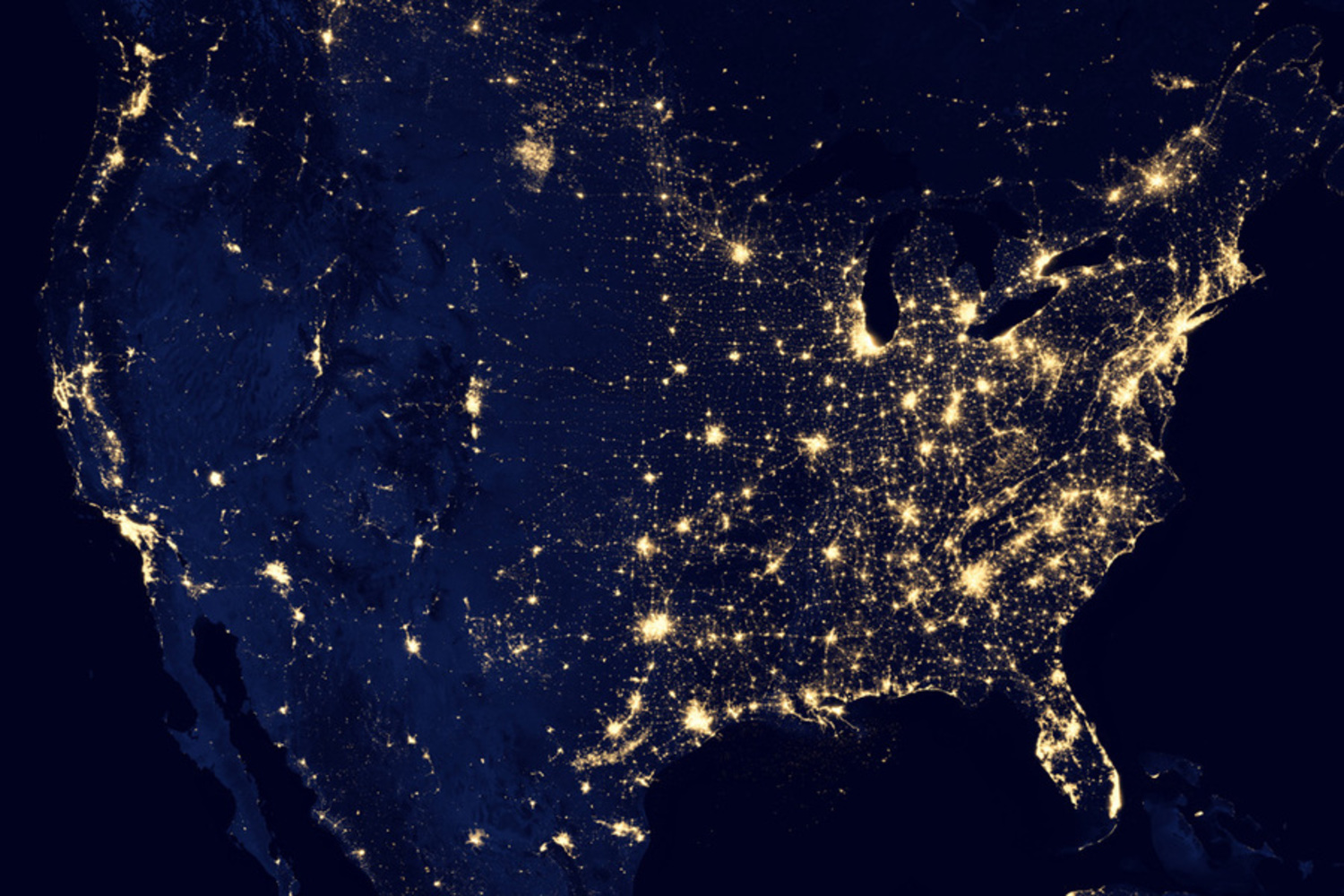The Problem
The process of discovering new and exciting music is something all of us enjoy. Sometimes, a friend will tell us to check out a cool new record from his/her favourite band. Sometimes, we’ll hear something on the radio that we like. Sometimes we’ll go through the Top 40 charts to find what is popular. Recently, music recommendation services like Pandora and iTunes Radio, that will automatically generate a playlist based on your preferences have gained popularity. However, all of the above approaches are flawed in two crucial ways:
- Our identification, and subsequent memory of a song is largely through it’s name, as opposed to it’s sound, it’s meaning or it’s cultural significance.
- There is little to no geographic component to the entire discovery process, even though ‘where’ a song was written, recorded or enjoyed often has a huge impact on the song itself.
As such, such discovery approaches all tend to reduce songs to merely ‘tracks in a playlist’ that have often been sapped of their larger cultural significance.
